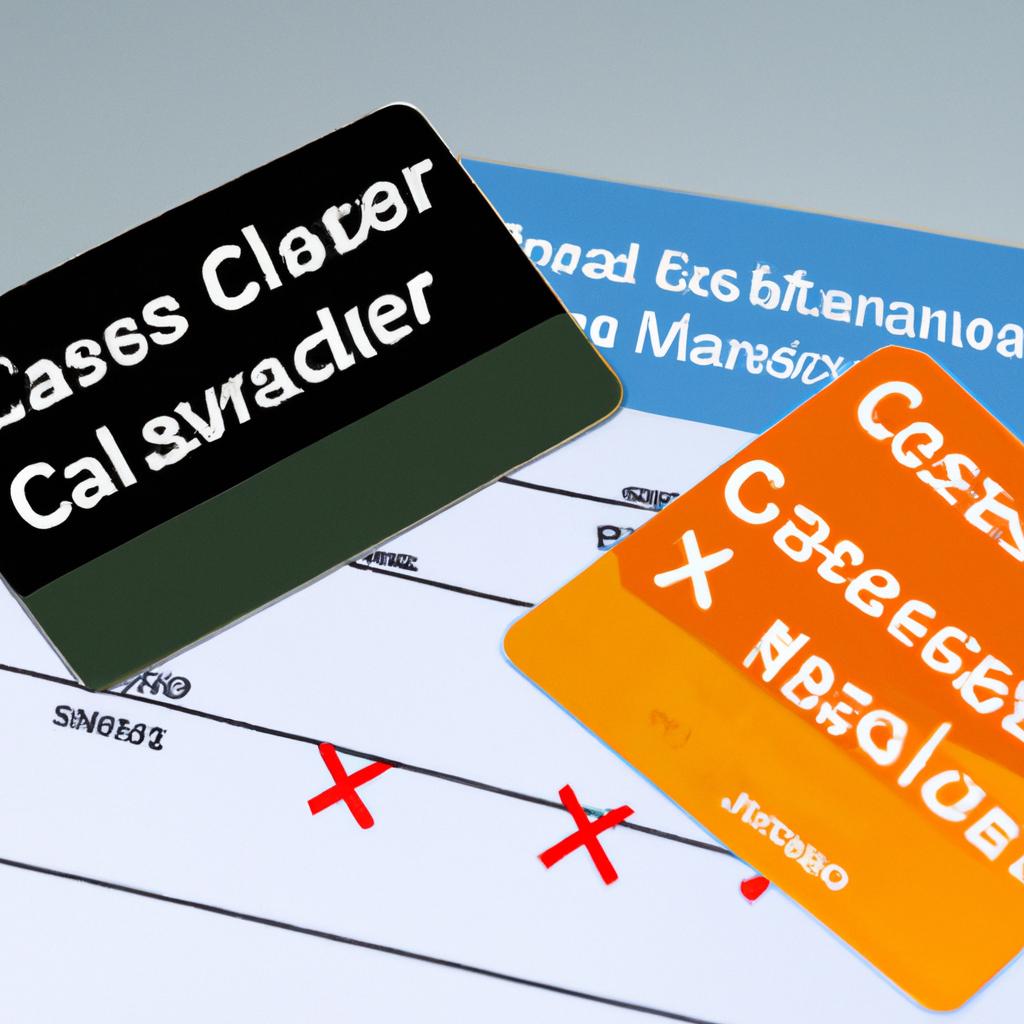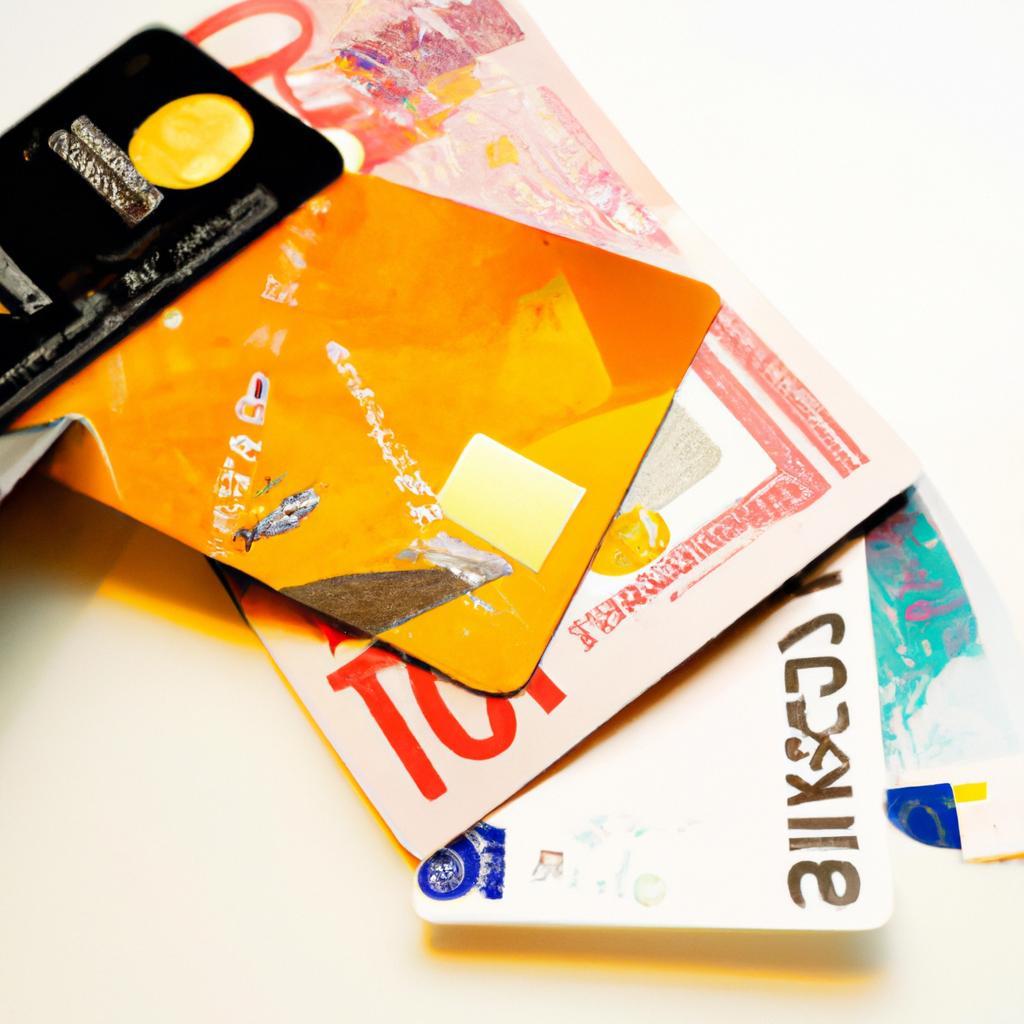As the world becomes more interconnected and travel opportunities expand, the way we manage our finances on the road has evolved significantly. Gone are the days when cash was the undisputed king of travel expenses; today, travelers find themselves navigating a complex landscape of credit cards, mobile payment apps, and digital wallets. In this delicate dance of dollars and cents, the art of smart spending emerges as a crucial skill for globetrotters seeking to maximize their experiences without breaking the bank. This article delves into the essentials of balancing cash with cards, exploring the advantages and challenges of each method, and offering practical tips to help you master the financial nuances of your journeys. Whether you’re planning a weekend getaway or an extended adventure, understanding the interplay between cash and cards will empower you to traverse the globe with confidence and ease. Join us as we unlock the secrets to smart spending and redefine how you approach your travel budget.
Mastering the Cash and Card Equation for Seamless Travel
Traveling with an optimal mix of cash and cards is an art form that can enhance your adventures while keeping you financially savvy. To achieve this balance, consider a strategic approach to your travel expenses. **Cash** is invaluable for small purchases, local markets, and places where cards may not be accepted. It also helps you stick to a budget, preventing impulsive spends. Conversely, **credit or debit cards** offer advantages like fraud protection, easier tracking of expenses, and sometimes even rewards points. Striking a balance means being equipped to handle both scenarios efficiently, ensuring you’re never caught short.
When planning your financial strategy for travel, it’s helpful to consider the following factors:
- Destination: Research whether your location is more cash-friendly or card-accepting.
- Currency exchange fees: Be aware of the rates and fees associated with card transactions abroad.
- Withdrawal limits: Understand local ATM withdrawal policies for cash needs without incurring too many fees.
For a practical overview, the table below summarizes your liquidity options:
| Method | Advantages | Disadvantages |
|---|---|---|
| Cash | Widely accepted; easy budget control | Risk of loss; can be cumbersome to carry |
| Credit/Debit Cards | Convenient; tracking expenses; rewards | Potential fees; dependent on merchant acceptance |
Finding the right combination that suits your travel style can lead to a more enjoyable experience, allowing you to focus on what truly matters: exploring and experiencing new cultures.

Navigating Currency Conversion: Tips for Optimal Spending
When you’re globetrotting, understanding the nuances of currency conversion can significantly impact your overall travel experience. First, check if your destination country has fixed or floating exchange rates, as this can affect how much cash you need to carry. Additionally, consider using local currency for small purchases to avoid hidden fees imposed by credit card companies. **Here are some tips to help you navigate currency conversion more efficiently:**
- **Research** exchange rates before your trip and use reliable apps or websites for real-time updates.
- **Use a credit card** that offers no foreign transaction fees—this way, you can transact in the local currency without additional charges.
- **Always withdraw cash** from ATMs that offer competitive exchange rates, typically found in banks, instead of currency exchange booths.
To plan your budget effectively, it’s also wise to establish a clear understanding of how much to allot for each cash-based or card-based transaction. Below is a simplified table to help illustrate potential expenses based on average travel spending categories:
| Expense Category | Cash (Local Currency) | Card (Currency) |
|---|---|---|
| Food | €30 | €35 |
| Transport | €15 | €18 |
| Attractions | €25 | €30 |
With this approach, you can maintain a healthy balance between cash and card use, ensuring you’re prepared for both everyday purchases and larger expenses. Remember, always keep a small amount of cash handy in case you find yourself in markets or small establishments that may not accept card payments.

Harnessing Rewards and Benefits: Making the Most of Your Travel Finances
When it comes to managing your travel finances, understanding how to leverage rewards and benefits is crucial. Travel rewards credit cards are not just about earning points; they can also unlock exclusive perks that enhance your travel experience. Consider choosing cards that offer incentives aligned with your travel preferences, such as airline miles, hotel points, and cashback options. By strategically using your card for purchases, you can accumulate points faster, turning everyday expenses into travel opportunities. Moreover, many cards provide bonus offers for signing up, where new users can earn significant points after their first purchase or meeting a spending threshold within a certain timeframe. This is a fantastic way to boost your travel fund even before you embark on your journey.
Another aspect to maximize is the benefits that come with your cards, such as free checked bags, priority boarding, and travel insurance. It’s beneficial to keep an organized record of these perks to ensure you utilize them during your travels. Here are some tips to make the most of your rewards:
- Track Bonus Expiration Dates: Always keep an eye on when your rewards points or miles expire to avoid losing out.
- Utilize Travel Portals: Many credit cards offer their own booking portals where you can sometimes earn additional points.
- Combine Points: Look for compatible programs to transfer points between airlines or hotel chains for greater flexibility.
If you’re interested in understanding the types of rewards available, here’s a brief overview of common options:
| Type of Reward | Description |
|---|---|
| Airline Miles | Earn points for flights that can be redeemed for airfare or upgrades. |
| Hotel Points | Accumulate points for free nights or room upgrades at partner hotels. |
| Cashback | Receive a percentage of purchases back as cash rewards. |
Final Thoughts
mastering the art of balancing cash and card usage during your travels can transform your financial experience from chaotic to seamless. By understanding the strengths and limitations of each payment method, you empower yourself to navigate new destinations with confidence. Whether it’s the tangible thrill of handling local currency or the convenience of a contactless payment, finding that perfect equilibrium ensures you can enjoy your adventures without the burden of financial worry. As you embark on your next journey, remember that smart spending is not just about saving money; it’s about enhancing your travel experience and embracing the world with open arms—while keeping your wallet intact. Happy travels!
